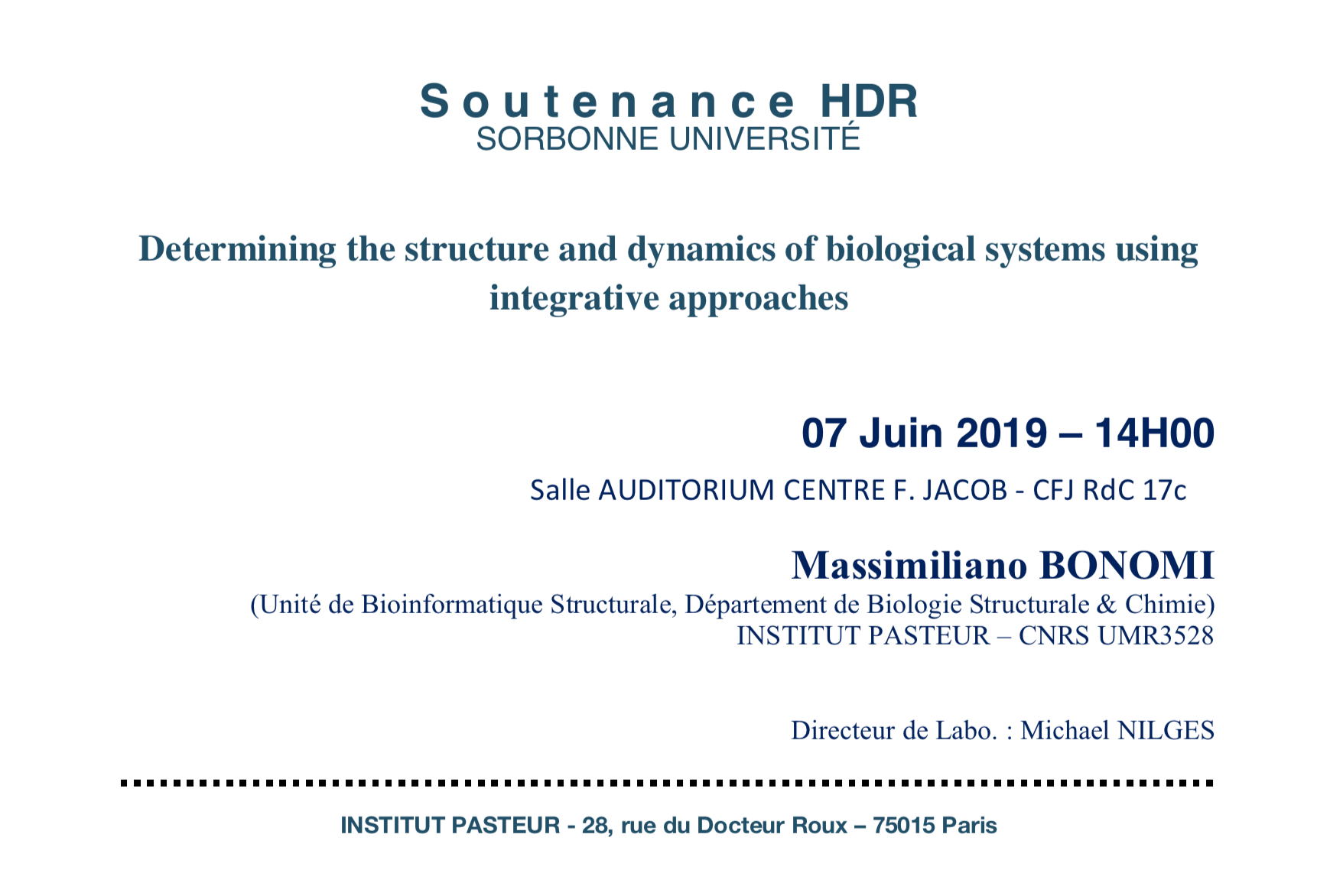About
Two of the major objectives in Biology are understanding the function of complex systems and unraveling the molecular mechanisms by which such functions are achieved. Historically, we have been accustomed to – and sometimes become too comfortable with – a static picture of biological systems. A classic example is the X-ray crystal structure of a protein, often considered the gold standard in structural biology. However, all biological systems are dynamic by populating to some degree a multitude of different conformational states. Such behaviour is often instrumental to achieve specific functions and encompasses a wide range of time and length scales. As a consequence, understanding the behaviour of biological systems requires the simultaneous determination of the structures of all the relevant states that these macromolecules can occupy, their populations, and the rates of interconversion among these states. All this information is encoded in the so-called structural ensembles. Here I will illustrate how integrative modelling approaches that combine computational and experimental techniques can be powerful methods to determine structural ensembles and to shed light into structure, dynamics, and ultimately function of complex biological systems.
Location
Building: Centre François Jacob CFJ Rdc 17C
Address: Institut Pasteur, 28 Rue du Docteur Roux, Paris, France


